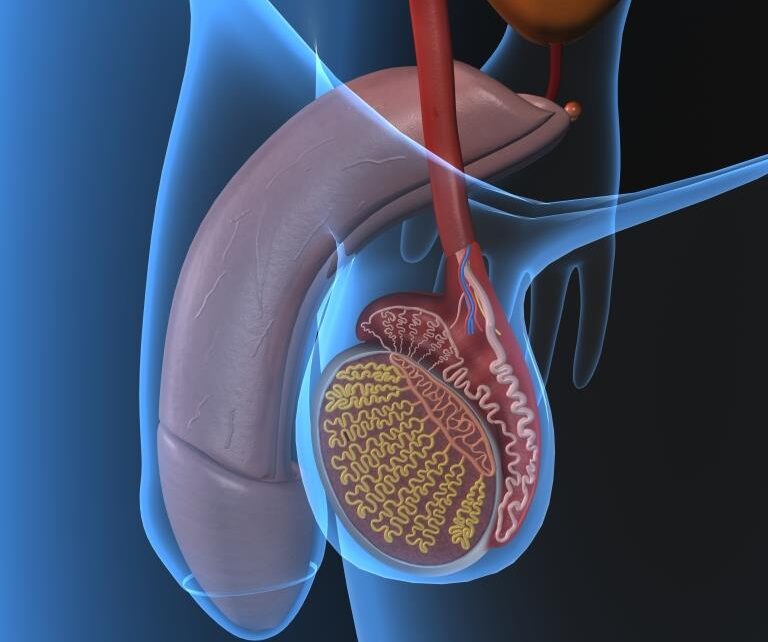
How are seminograms interpreted?
A seminogram, or semen analysis, is a basic analysis of a semen sample with the aim of determining semen quality. In order to carry out the analysis correctly, the patient needs to refrain from sexual intercourse for a period of 3 to 5 days. That is, he must not ejaculate during that period and the sample must be obtained by means of masturbation.
The most relevant parameters evaluated in a semen sample include:
- Volume: quantity (in millilitres) obtained in the ejaculate.
- Concentration: millions of sperm per millilitre.
- Motility: the percentage of sperm which move and are motile.
- Viability: the percentage of live sperm.
- Morphology: the percentage of sperm with a normal appearance.
The World Health Organization is responsible for establishing the reference values for determining if a semen sample is normal. In 2010, it published the following updated reference values:
- Volume: at least 1.5 millilitres.
- Concentration: at least 15 million sperm per millilitre.
- Motility: equal to or greater than 32%
- Viability: equal to or greater than 58%
- Morphology: equal to or greater than 4%
When all the values of a semen sample fall within normal levels, the diagnosis is NORMOZOOSPERMIC. However, ejaculate may show abnormalities in one, or even several, of these parameters. There may be one of several diagnoses when some of the above values are below standard:
- HYPOSPERMIA: ejaculate volume below 1.5 millilitres.
- HYPERSPERMIA: ejaculate volume above 6 millilitres.
- OLIGOZOOSPERMIA: sperm concentration below 15 million per millilitre.
- CRYPTOZOOSPERMIA: sperm concentration below 1 million per millilitre.
- ASTHENOZOOSPERMIA: percentage of motile sperm below 32%.
- NECROZOOSPERMIA: percentage of live sperm below 58%.
- TERATOZOOSPERMIA: percentage of sperm with normal morphology below 4%.
It may also be the case that no sperm are observed in the semen sample analysed. In such cases, the diagnosis is AZOOSPERMIA.
Whilst a seminogram does provide us with a great deal of information on semen quality in a study of the male partner, a semen sample which is diagnosed as normal is not a guarantee of fertility. On the contrary, men with semen sample values which fall below those indicated by the WHO have a greater risk of being infertile.
Dr Eva Garcia, biologist at IBBIOTECH, part of the Instituto Bernabeu group.
